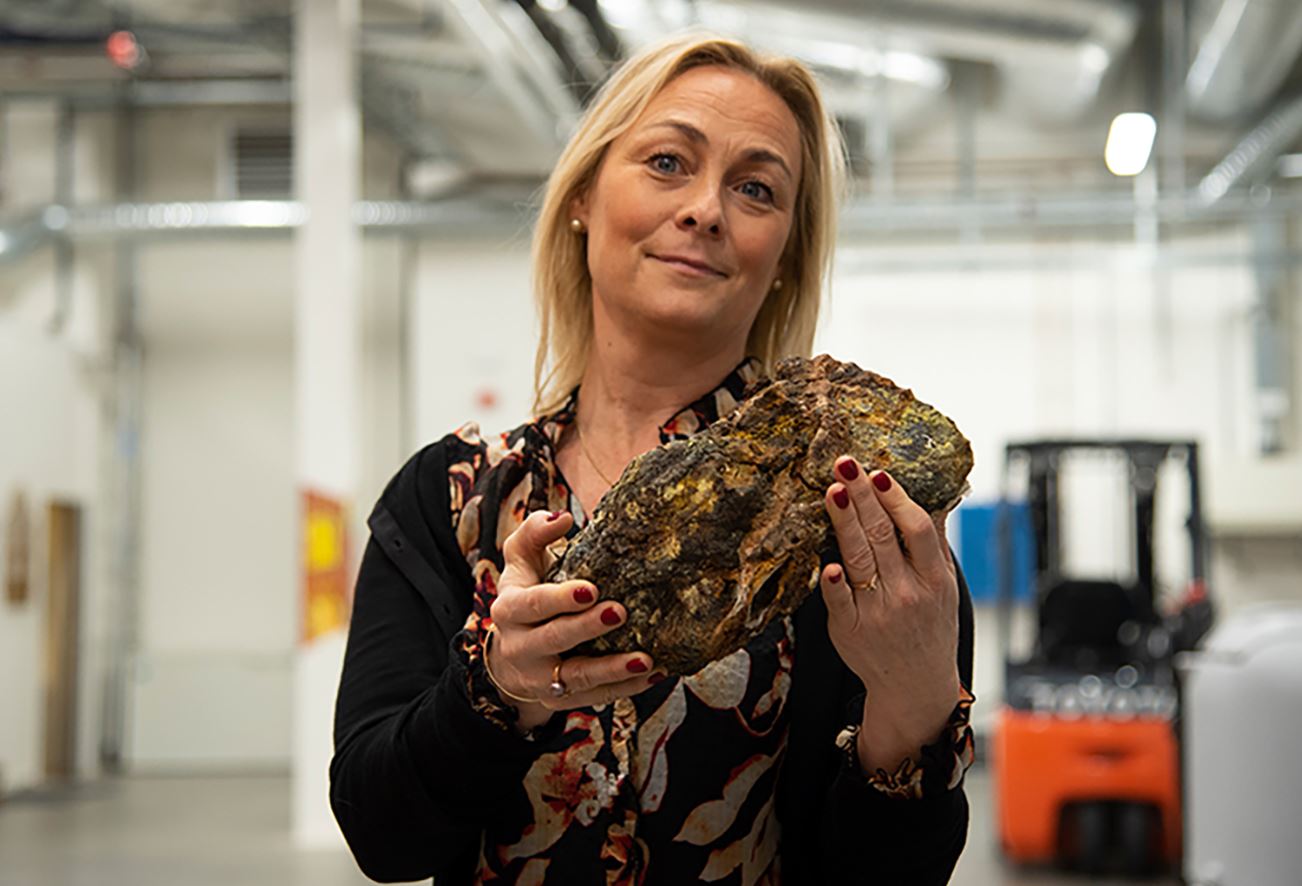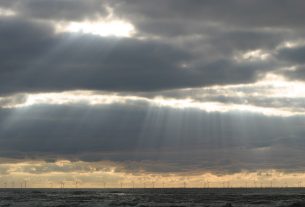Norway – A resource evaluation of the minerals found in the seabed on the Norwegian shelf has been created by the Norwegian Petroleum Directorate (NPD).
According to the analysis, there are significant resources on the seafloor.
Mineral supplies for a number of the metals are enough to last for several years’ worth of world demand.
When the opening procedure for mineral activities began in 2020, the Ministry of Petroleum and Energy (MPE) assigned the NPD the task of evaluating the resource potential of seabed minerals.
The MPE is in charge of managing the seabed minerals and is overseeing the opening procedure. The report is a component of the seabed mineral opening procedure.
Energy transition
The shift to a low-emission society intensifies the demand for particular components. These substances can be found, for instance, in sediments on the seafloor. They are crucial raw materials for the energy transition and are in high demand in the industrial sector.
Dahle makes the point that advancements in technology, along with more and better data, will lead to a greater knowledge of the potential of resources.
One of the most crucial duties for the NPD is to gather, manage, and make accessible data from the Norwegian shelf. In collaboration with the University of Bergen, the NPD has been gathering data in the deeper regions of the Norwegian Sea and the Greenland Sea since 2011. (UiB). Since 2020, the University of Troms (UiT) has also been added.
The NPD itself carried out four missions between 2018 and 2021 to gather high-resolution seabed data over the most intriguing mineral resources. Drilling operations and mineral sample collection were also carried out.
This resource assessment’s foundation is data from these trips, together with data from reputable scientific organizations.
Sulphides and manganese crusts
On the seafloor, there are three different types of mineral deposits: sulphides, crusts, and nodules of manganese. The three varieties are all found at large water depths, often between 1500 and 6000 meters, and all three contain various metals. At depths of about 3000 meters, manganese crusts and sulphides have been discovered on the Norwegian shelf.
Estimates of the resources in place, or resources that have been established or are anticipated to exist, are given in the NPD’s resource assessment for seabed minerals.
It will need more research on the seabed and advancements in retrieving technology to determine whether the mineral resources can be retrieved and can be collected with an acceptable environmental impact.
The considerable and expanding need for metals is being cited by numerous international organizations, including the IEA and IRENA. The European Commission prepared a list of essential input products for the Union as recently as in 2020.




